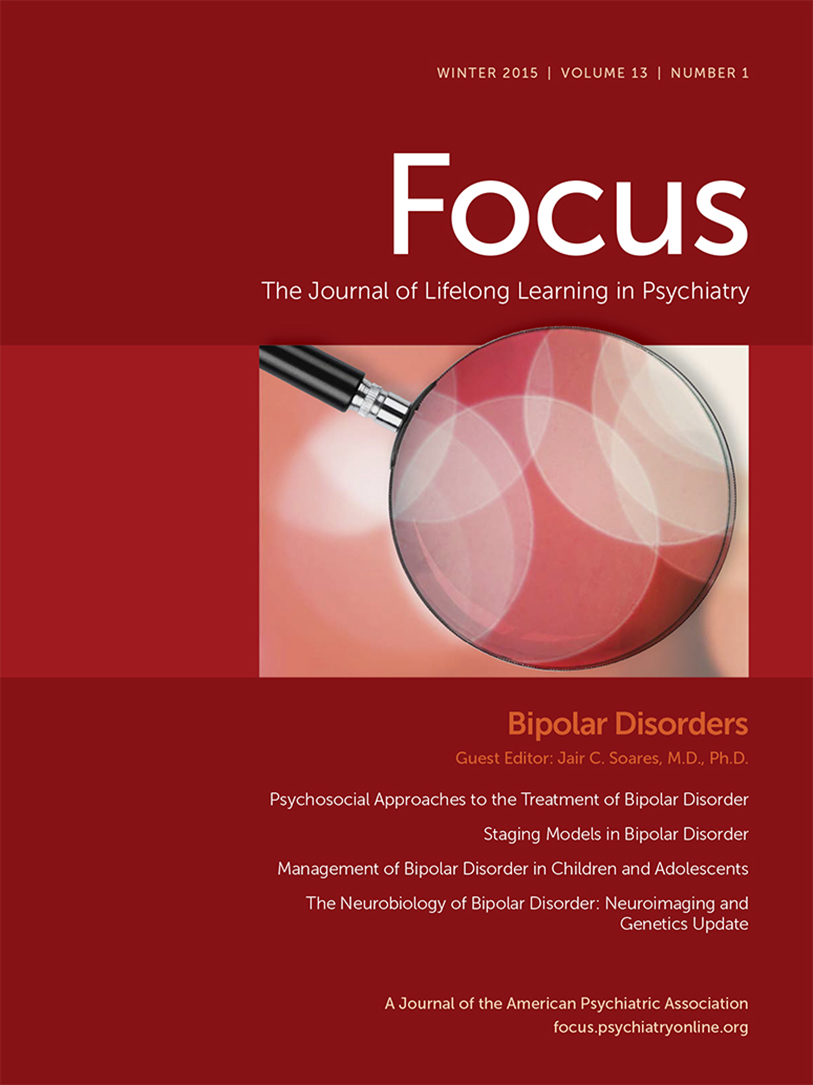Management of Bipolar Disorder in Children and Adolescents
Abstract
Treatment options for bipolar disorder have been primarily studied in adults. However, there is a growing body of research of these treatments in youths with bipolar disorder. Despite this there is still a huge gap in clinical trials performed on adults and children and as this manuscript will show, extrapolating results of adult studies doesn't necessarily translate to successful treatment in youths. Furthermore, although medication is the cornerstone of treatment in children and adolescents with bipolar disorder, psychosocial interventions are of paramount importance. The current manuscript will review the empirical evidence available for both pharmacological and psychosocial treatment strategies. In addition, evidence for the use of medications in different stages of bipolar disorder, including acute manic and mixed states and bipolar depression is addressed. The use of combination therapy, the treatment of pediatric bipolar disorder comorbid with other psychiatric conditions and the management of treatment resistant mania is also discussed.



